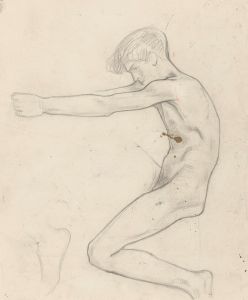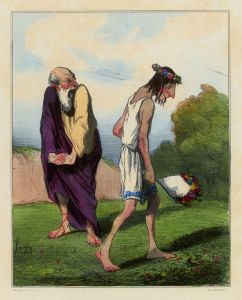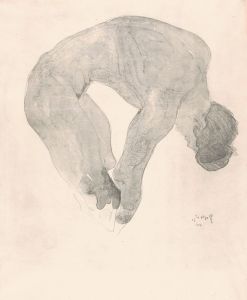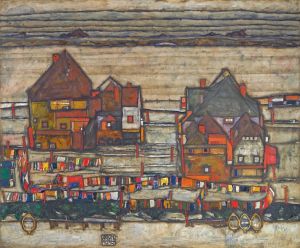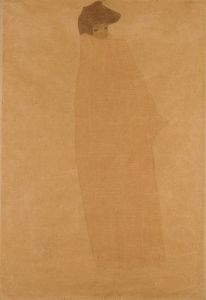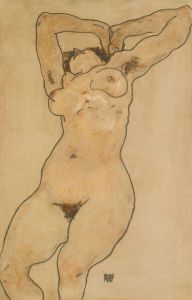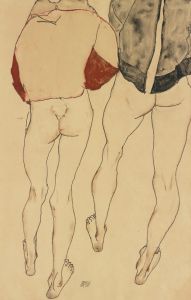
Die Hämische
A hand-painted replica of Egon Schiele’s masterpiece Die Hämische, meticulously crafted by professional artists to capture the true essence of the original. Each piece is created with museum-quality canvas and rare mineral pigments, carefully painted by experienced artists with delicate brushstrokes and rich, layered colors to perfectly recreate the texture of the original artwork. Unlike machine-printed reproductions, this hand-painted version brings the painting to life, infused with the artist’s emotions and skill in every stroke. Whether for personal collection or home decoration, it instantly elevates the artistic atmosphere of any space.
Egon Schiele was an Austrian painter known for his distinctive style and significant contribution to the early 20th-century art movement known as Expressionism. His works are characterized by their intensity, raw emotional content, and often provocative subject matter. Schiele's art frequently explored themes of sexuality, death, and the human form, often pushing the boundaries of what was considered acceptable at the time.
"Die Hämische" is one of Schiele's works, although specific details about this particular piece are not widely documented in art historical records. Schiele's oeuvre includes a variety of paintings, drawings, and watercolors, many of which focus on portraiture and the human figure. His style is noted for its bold lines, striking use of color, and the often unsettling, contorted poses of his subjects.
Schiele was a protégé of Gustav Klimt, another prominent Austrian painter, and was influenced by Klimt's use of symbolism and eroticism. However, Schiele developed his own unique style that was more raw and direct. His work often depicted the darker aspects of the human psyche and condition, which was reflective of the broader Expressionist movement that sought to convey emotional experience rather than physical reality.
Throughout his career, Schiele faced both critical acclaim and controversy. His explicit depictions of nudity and sexuality led to several legal challenges, and he was even briefly imprisoned on charges of public immorality. Despite these challenges, Schiele continued to produce a prolific body of work until his untimely death in 1918 at the age of 28, a victim of the Spanish flu pandemic.
While specific information about "Die Hämische" is limited, it can be contextualized within Schiele's broader artistic practice. His works often feature figures that are isolated, with exaggerated features and expressive gestures that convey a sense of psychological tension. The emotional intensity of his work is heightened by his use of stark, often contrasting colors and the dramatic interplay of light and shadow.
Schiele's legacy is significant, as he is considered one of the leading figures of Austrian Expressionism. His influence can be seen in the works of later artists who sought to explore the complexities of human emotion and the darker aspects of the human experience. Today, Schiele's works are held in high regard and are featured in major art collections and exhibitions around the world.
In summary, while detailed information about "Die Hämische" is not readily available, Egon Schiele's overall contribution to art is well-documented. His exploration of the human condition through a distinctive and often controversial lens continues to captivate audiences and inspire artists.







